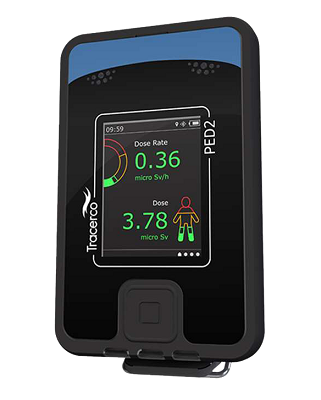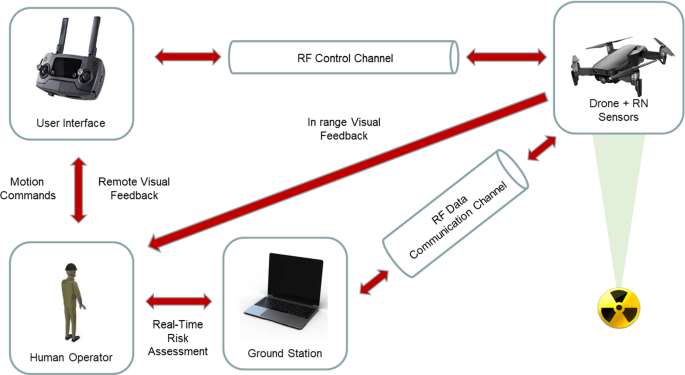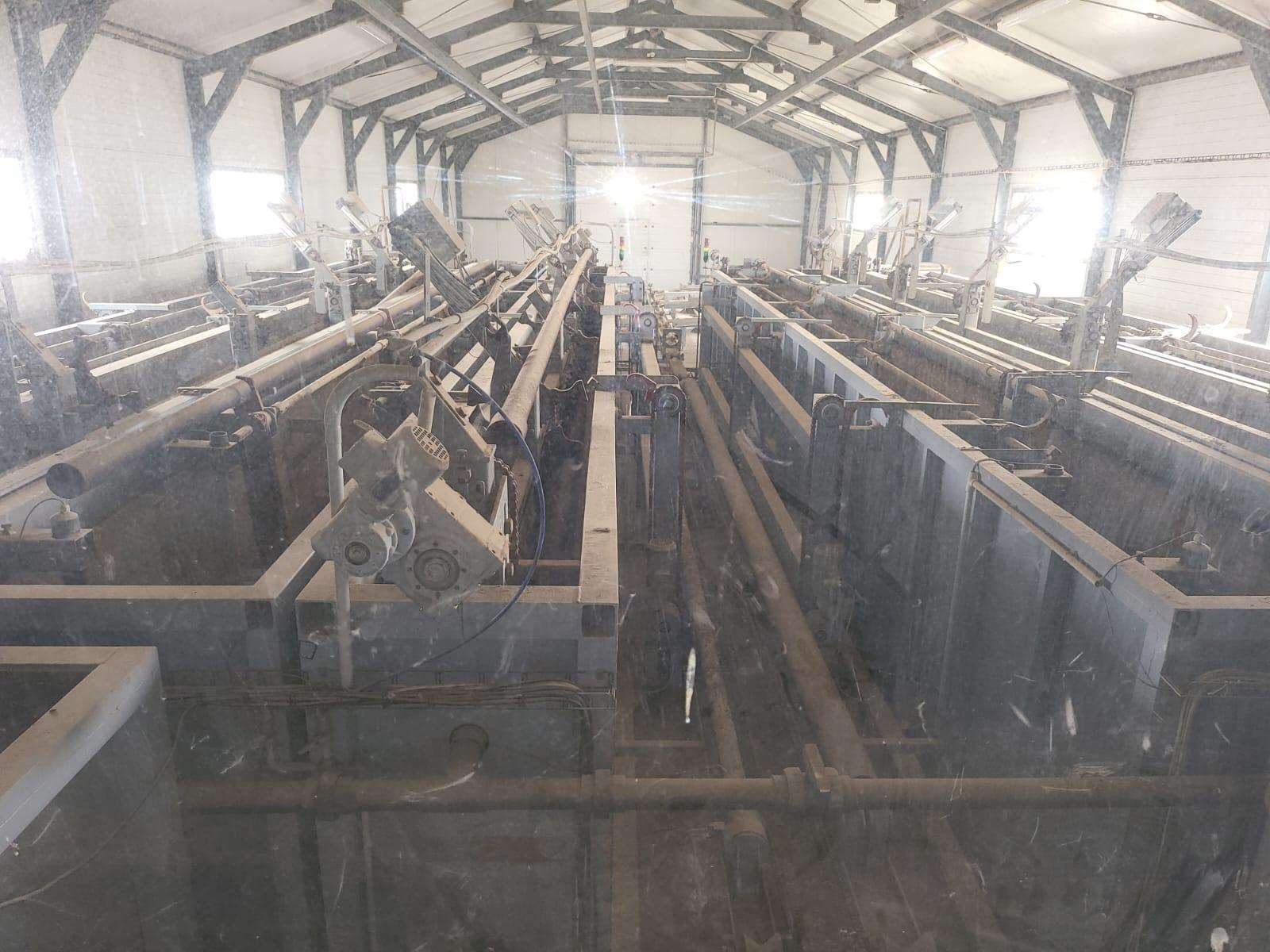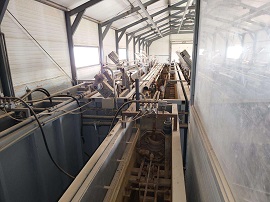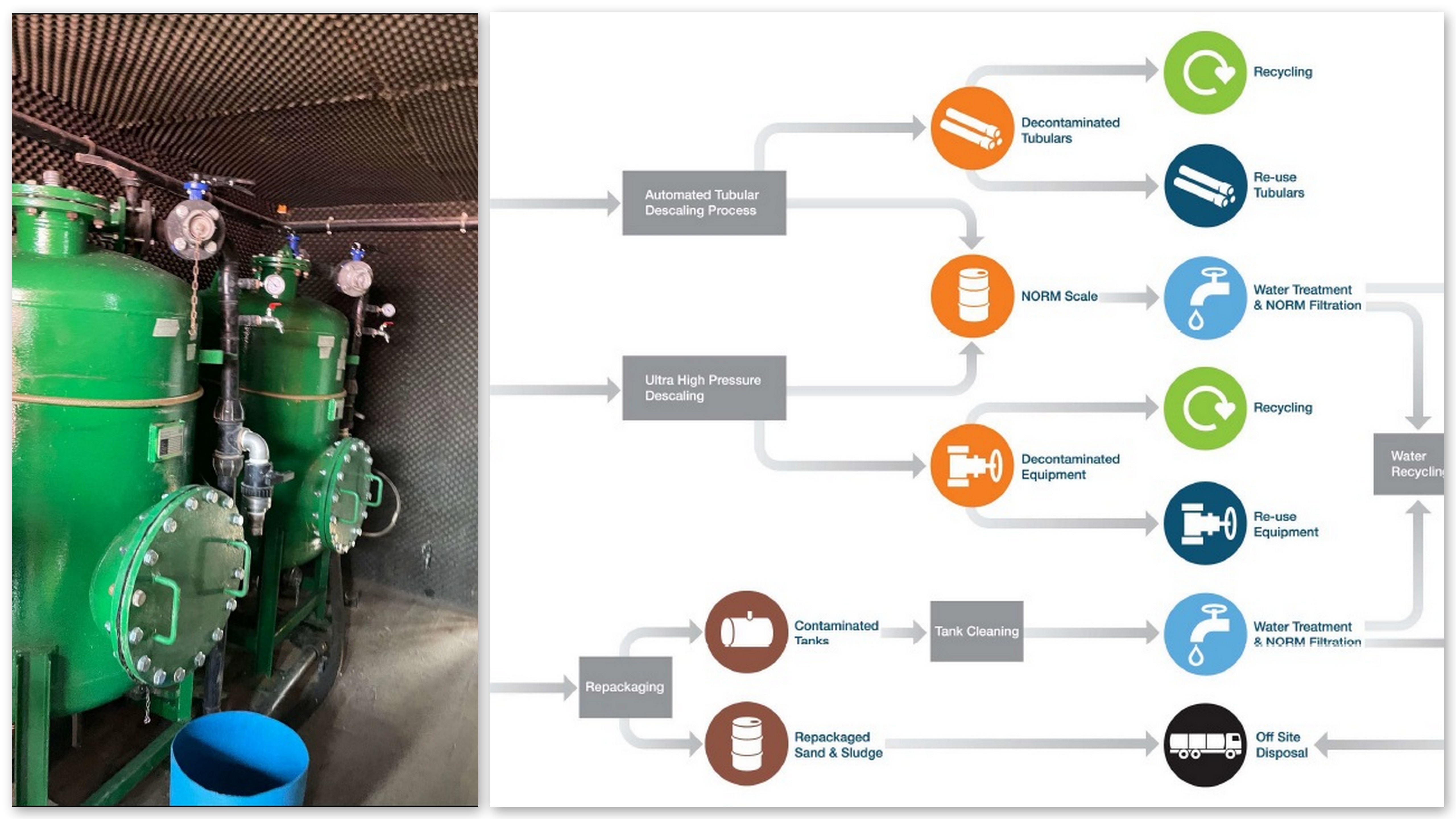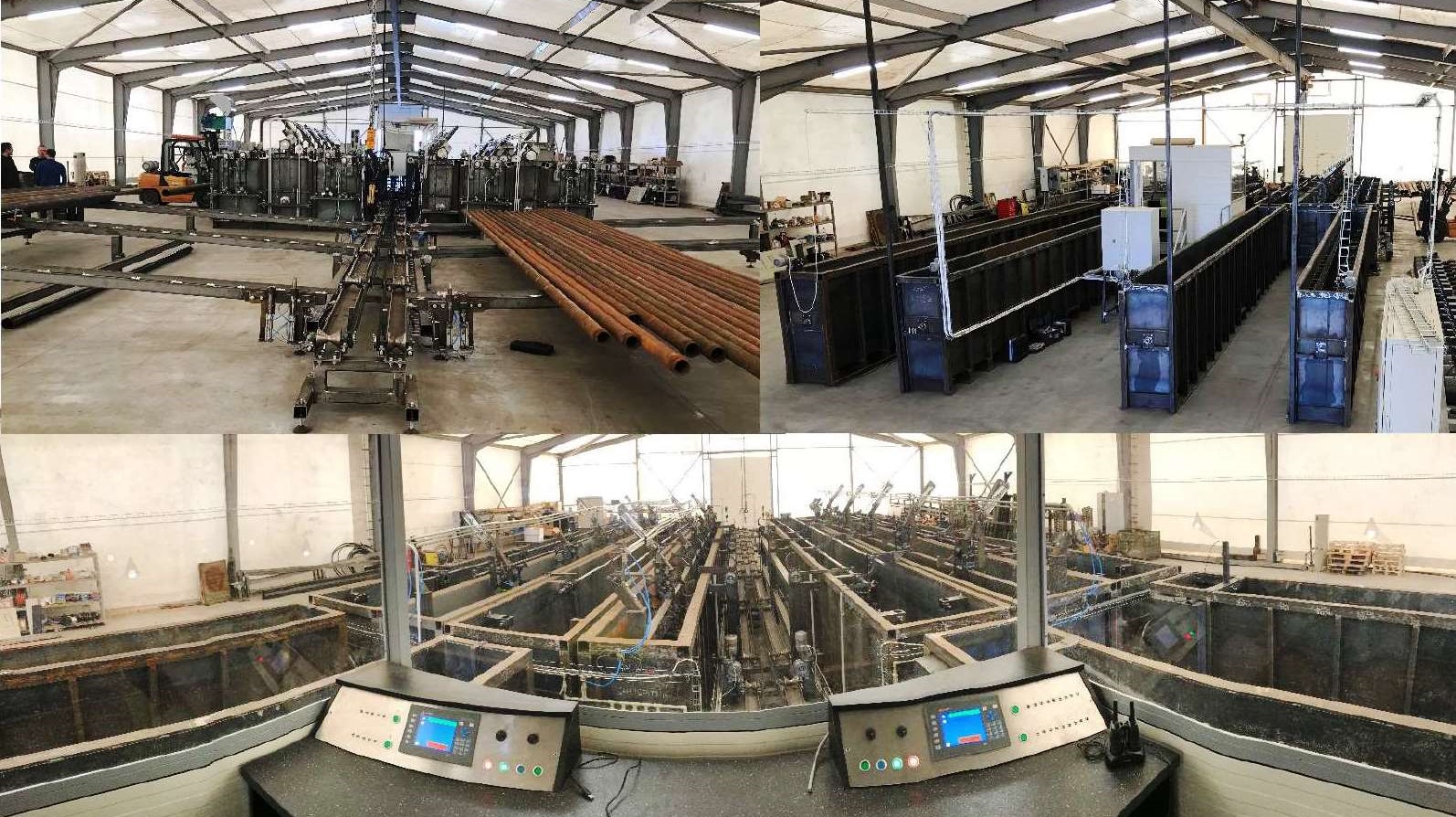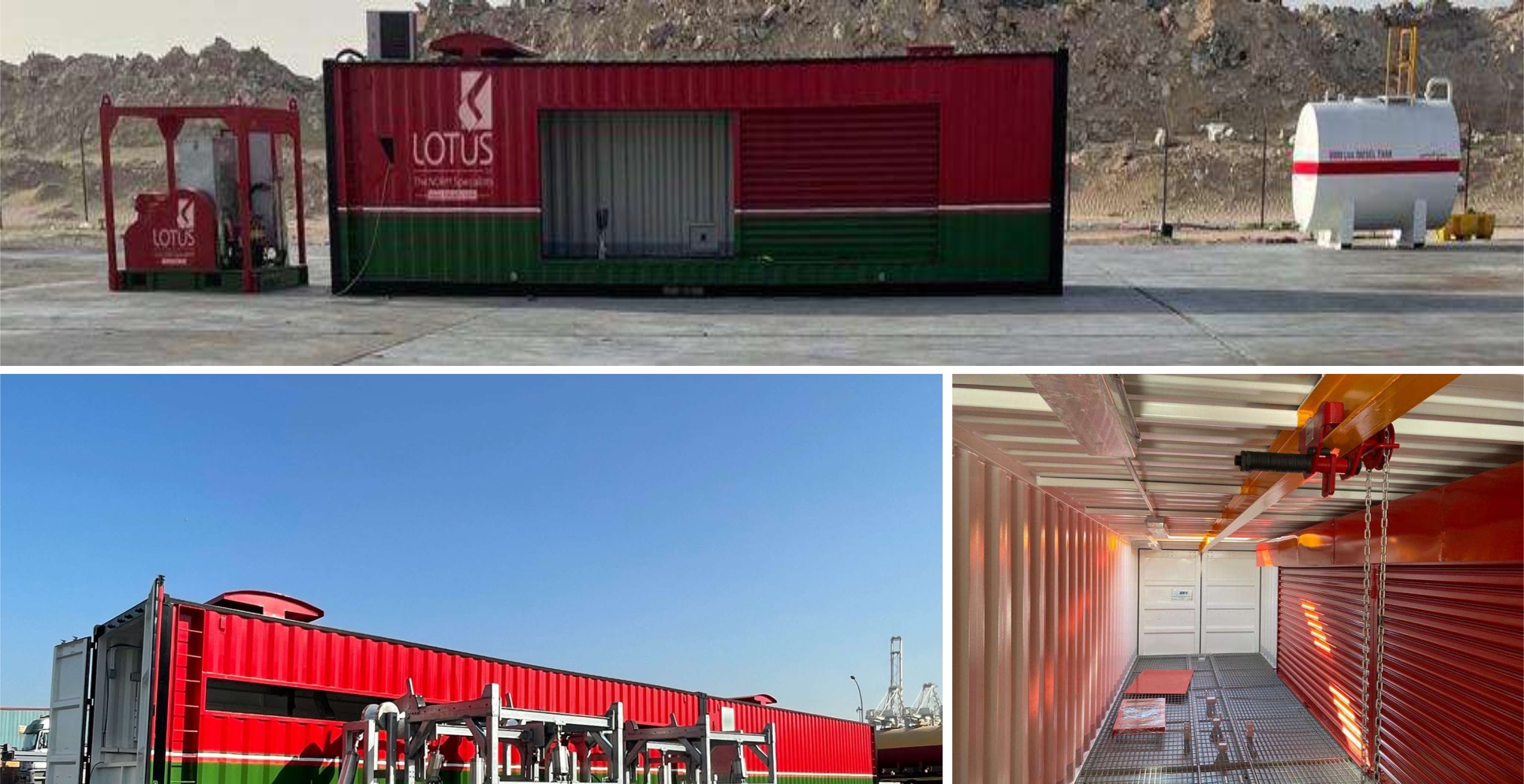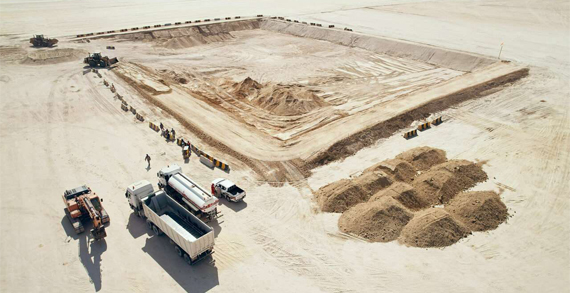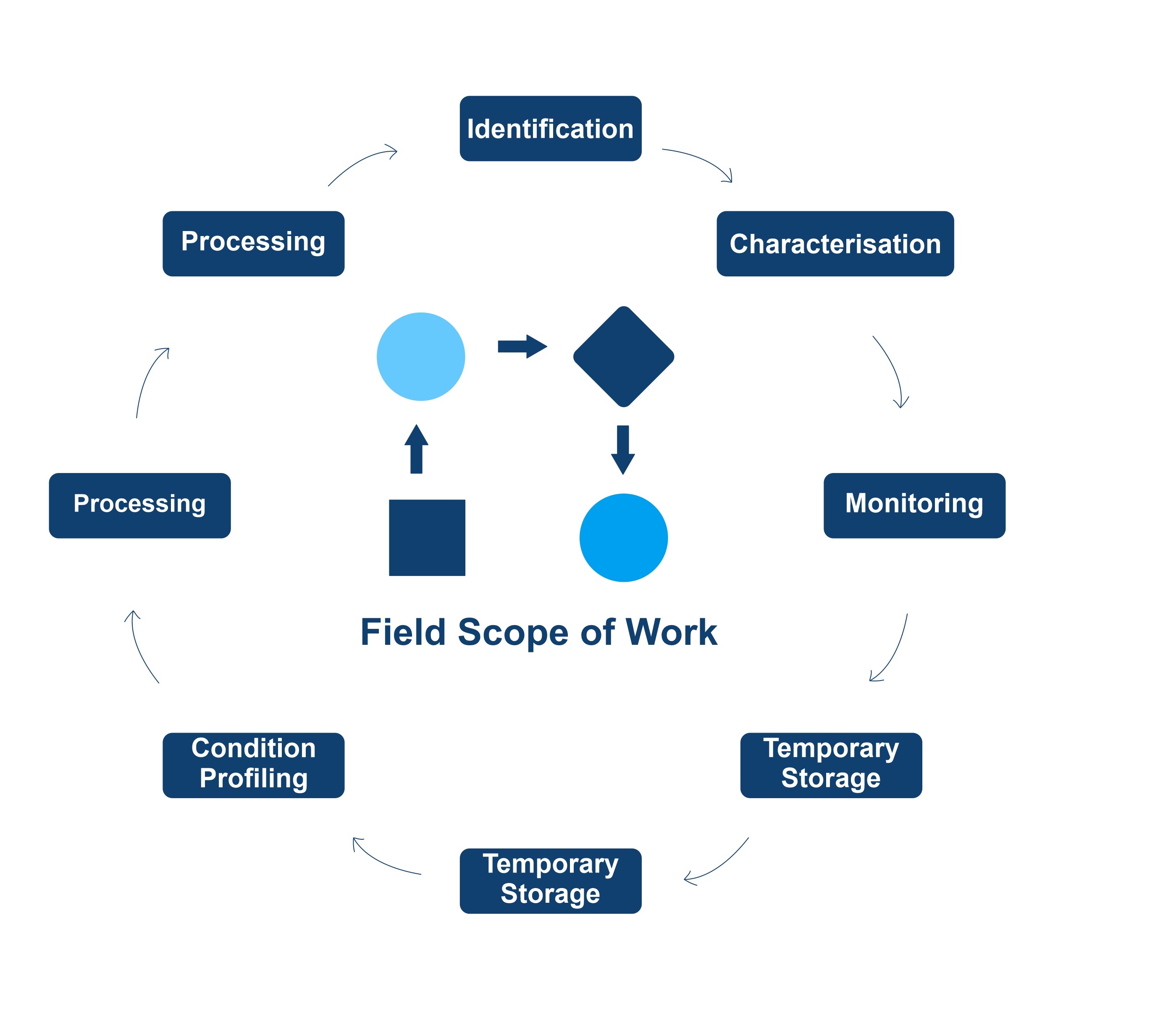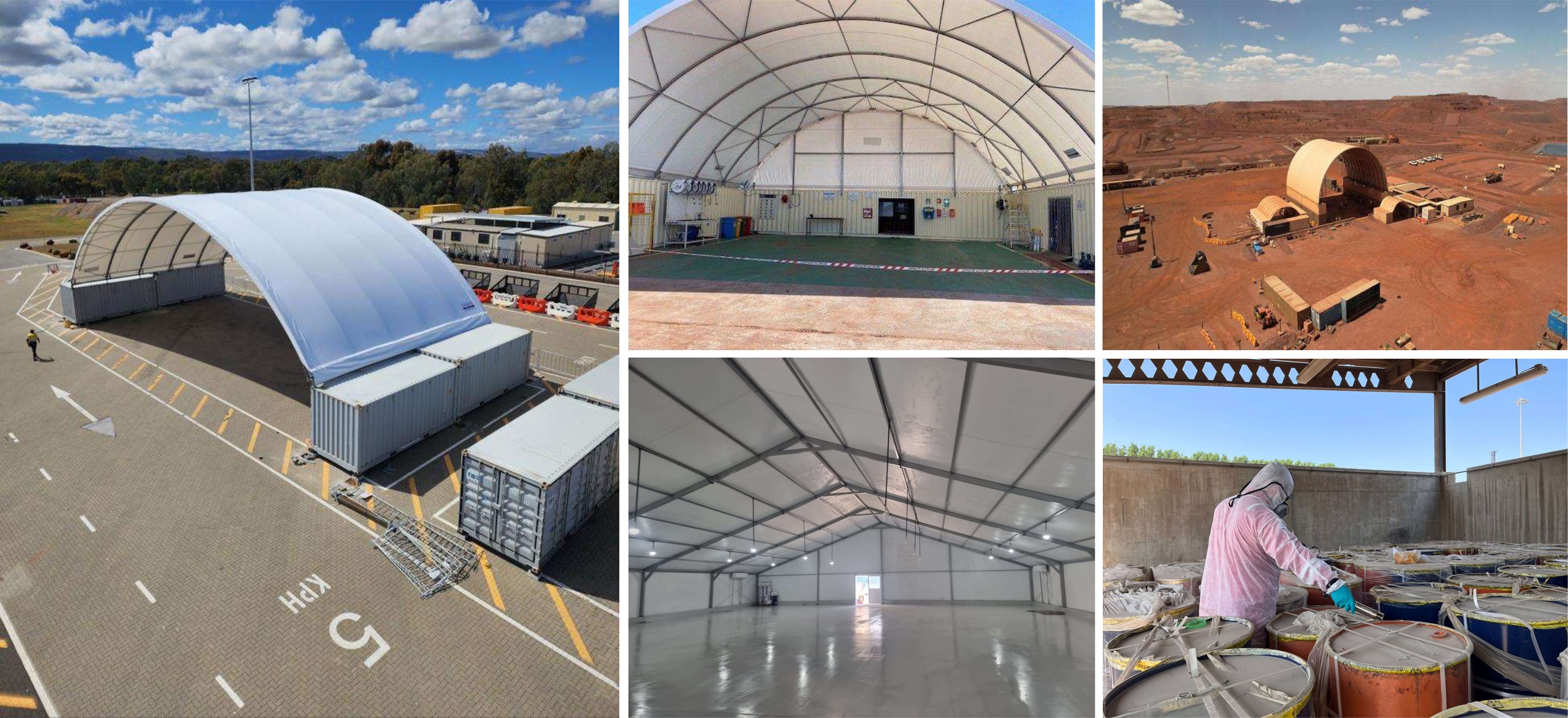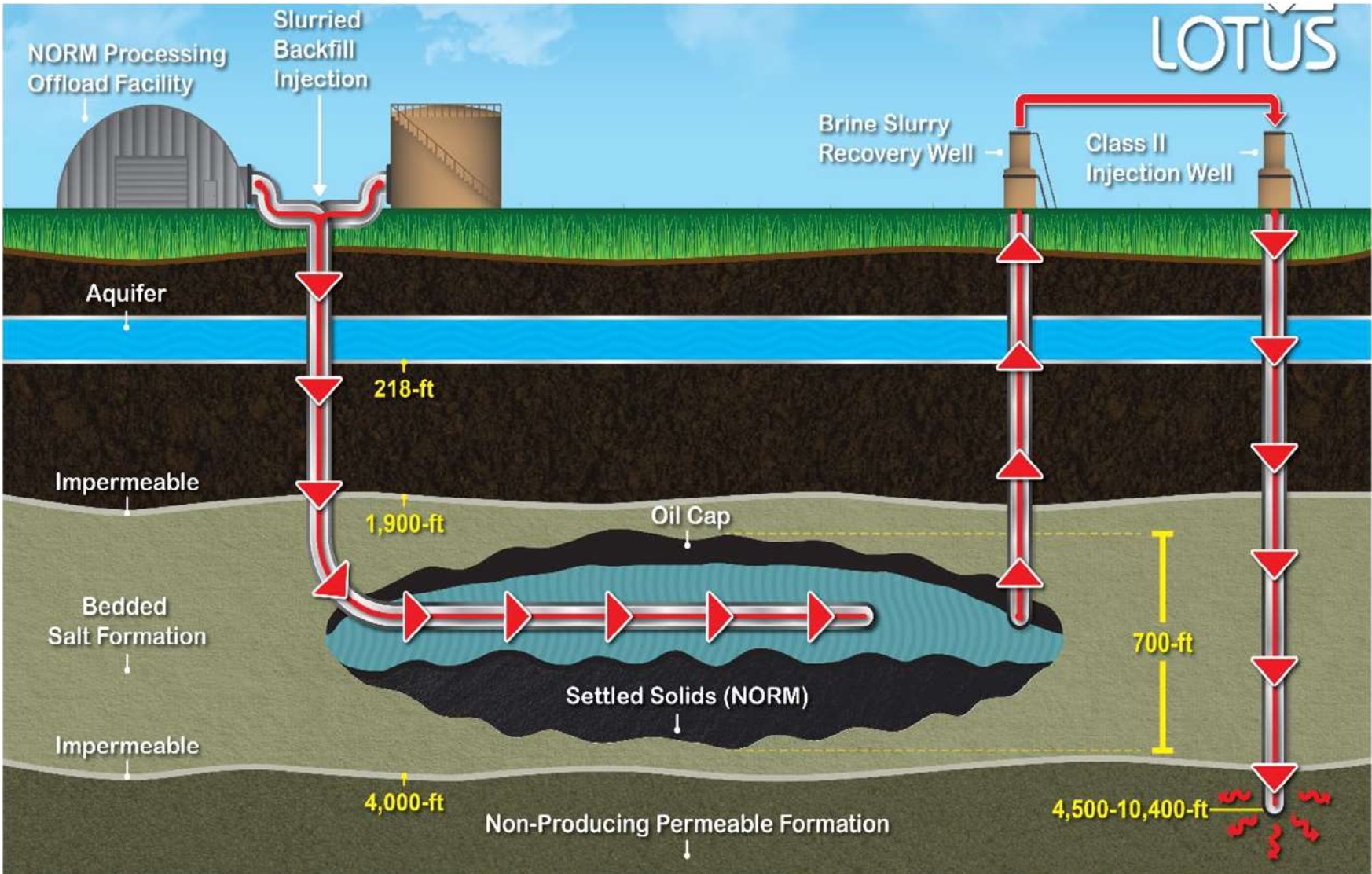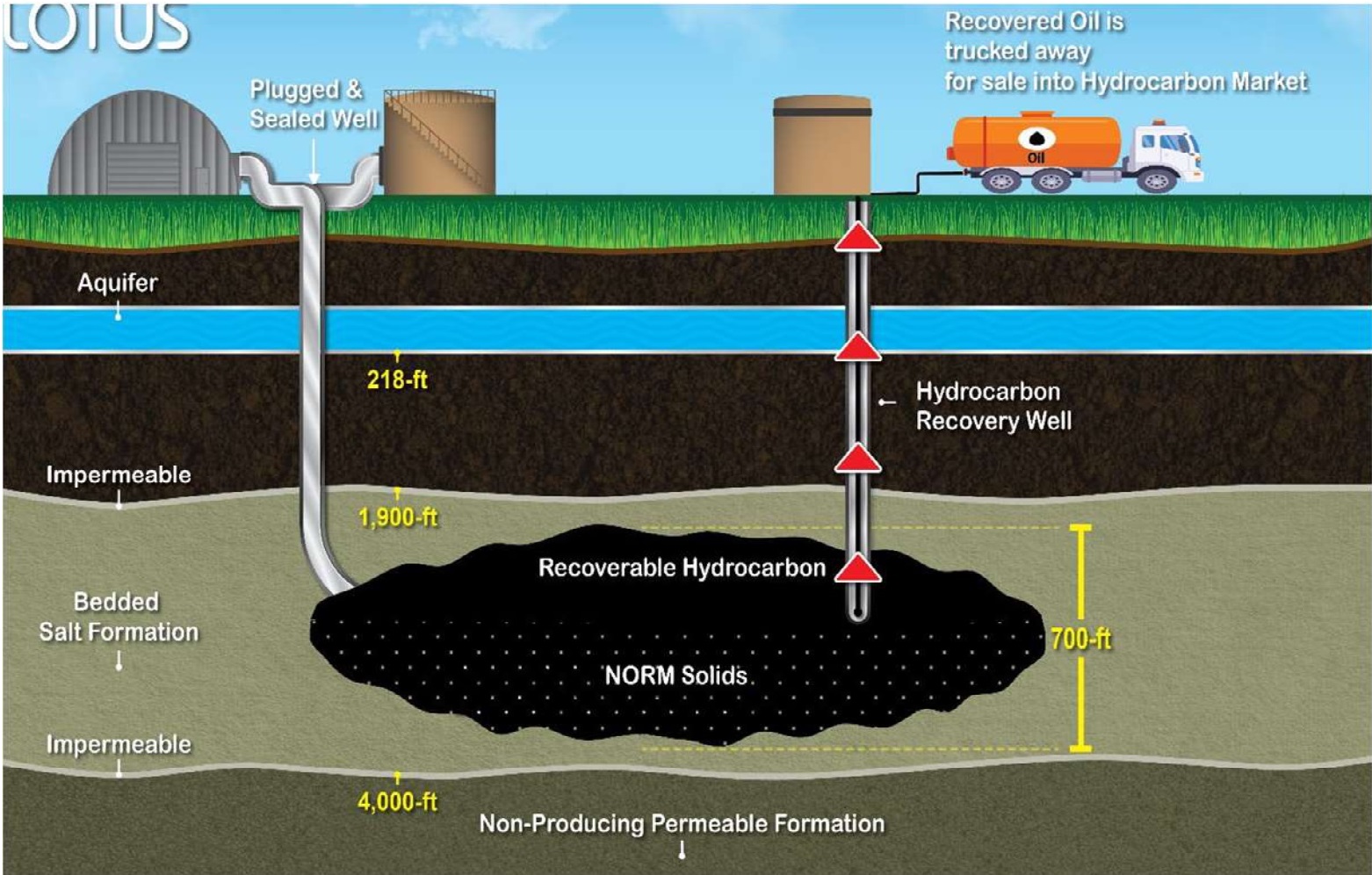1. Treatment and Disposal of NORM: Methods for the treatment & disposal of NORM within the country. These methods primarily include re-injection and burial, ensuring environmentally sound management and adherence to safety standards.
2. Export Restrictions: Strict restrictions on the export of NORM. This measure is intended to maintain control over radioactive materials and ensure their safe and secure management within national boundaries.
3. Security and Monitoring of NORM Storage: Stringent security measures for the storage of NORM materials. This includes continuous monitoring to safeguard against potential hazards and unauthorized access, thereby ensuring public and environmental safety.
4. Radiochemical Analysis of NORM: All NORM must undergo a thorough identification process through radiochemical analysis. This analysis must be conducted in laboratories accredited under ISO 17025, which sets the standard for testing and calibration laboratories. This requirement ensures that the handling of NORM is based on accurate and reliable scientific data.
5. Regulatory Compliance and Oversight: AAC will oversee the implementation of these regulations, ensuring compliance with both national & international standards for radioactive material management.
6. Training and Certification: Personnel handling NORM should be properly trained and certified. This includes training in radiation safety, proper handling techniques, emergency response, and the specific procedures for treatment, storage, and disposal of NORM.
7. Health and Safety Regulations: Establishing stringent health and safety regulations to protect workers and the public from radiation exposure. This would involve regular health checks for workers, provision of protective equipment, and monitoring of radiation levels in and around storage and disposal facilities.
8. Environmental Impact Assessments: Before the implementation of disposal methods such as re-injection or burial, comprehensive environmental impact assessments should be conducted to understand the potential effects on the ecosystem and to implement measures to mitigate any negative impacts.
9. Regular Inspections and Compliance Monitoring: Regular inspections of facilities handling NORM to ensure compliance. This might include audits, site visits, and reviews of safety and security protocols.
10. Public Awareness and Education: Public awareness campaigns about the nature of NORM, its potential risks, and the safety measures in place for its management. Educating the public can help in reducing misconceptions and enhancing community acceptance of NORM management practices.
11. Emergency Response Plans: Development & implementation of comprehensive emergency response plans for incidents involving NORM. This includes preparedness for containment, evacuation procedures, and mitigation strategies in case of accidental releases or other emergencies.
12. Reporting and Documentation: Detailed record-keeping and reporting of NORM quantities, storage conditions, disposal methods, and any incidents. This ensures traceability and accountability in the management of NORM.
13. International Collaboration and Compliance: Aligning national regulations with international standards and guidelines, such as those set by the International Atomic Energy Agency (IAEA). Collaborating with international bodies can also facilitate the exchange of best practices and technological advancements in the field of radioactive material management.


